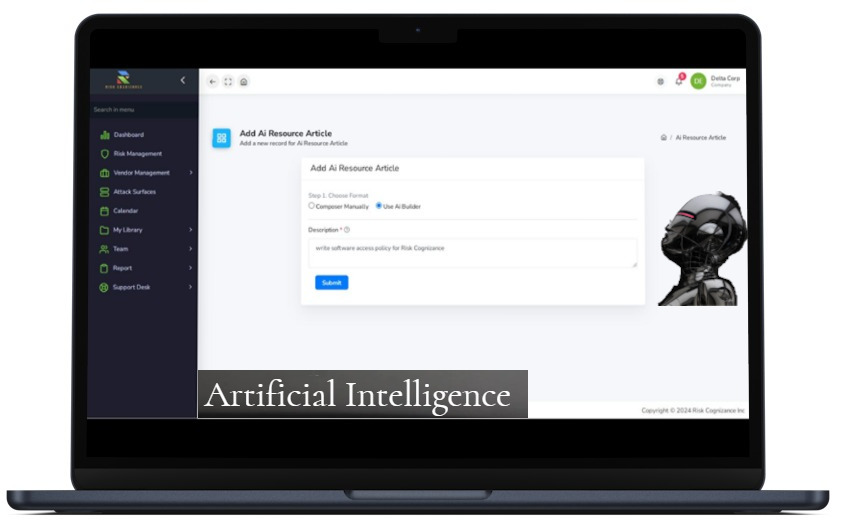
How GRC Technologies Can Help Smooth the Path Forward
As businesses face increasingly complex challenges, leading organizations are turning to Governance, Risk, and Compliance (GRC) technologies to streamline risk management, enhance compliance, and drive proactive oversight. These tools are not only reshaping how companies manage threats but are also transforming workflows by automating manual processes. By integrating GRC systems, businesses can improve efficiency, achieve faster reporting, and enhance decision-making—all within a unified framework.
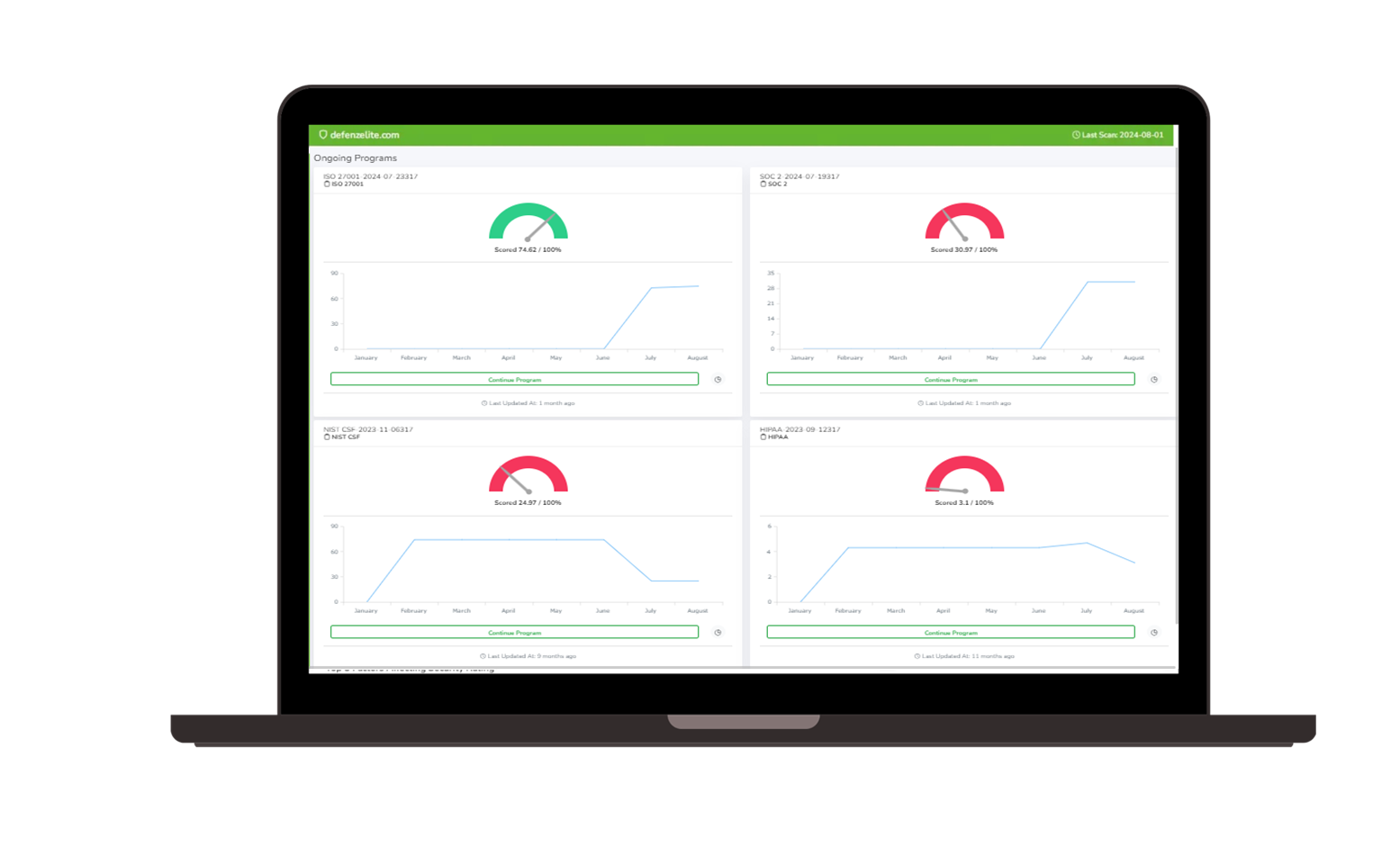 Governance, Risk, and Compliance (GRC) | 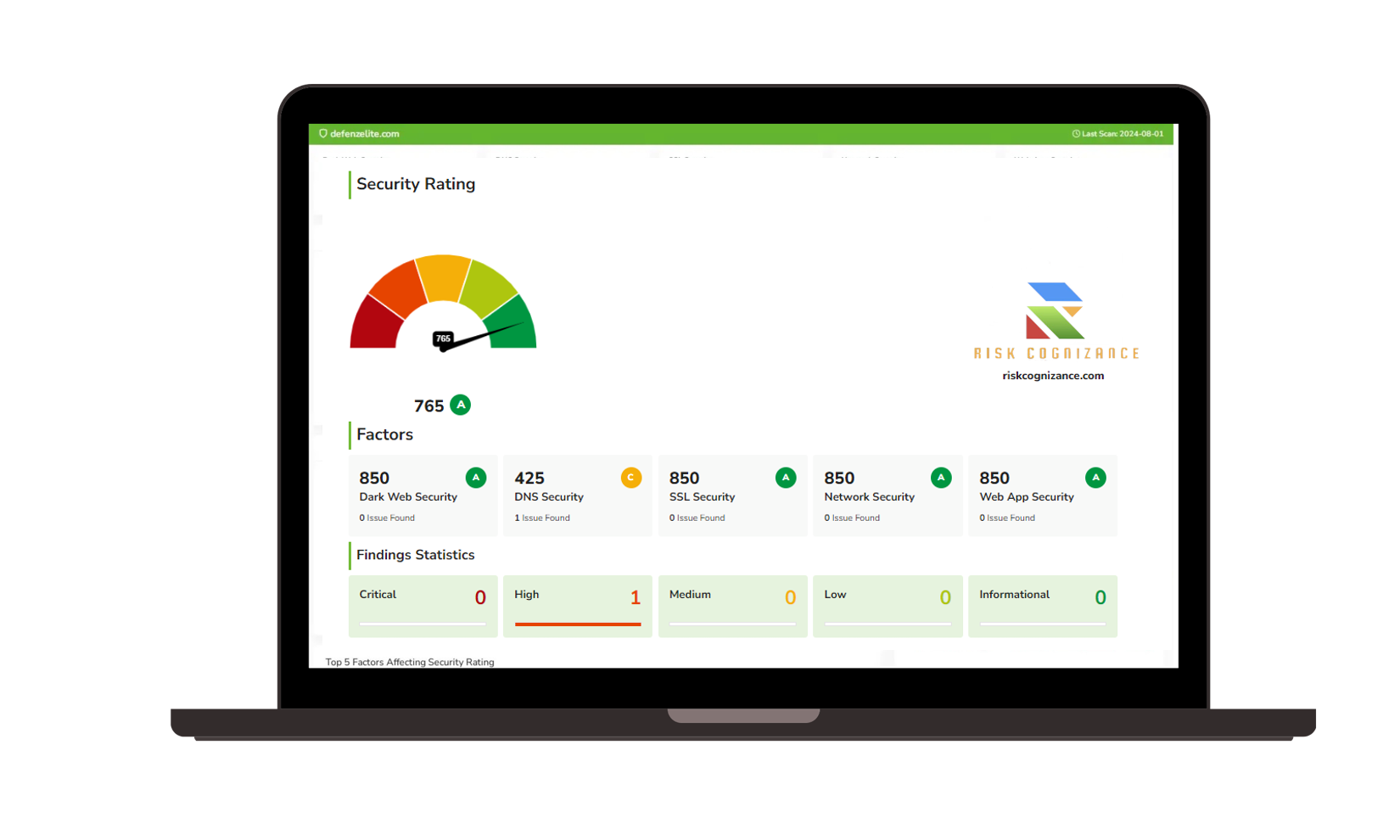 Third-party Risk Management |
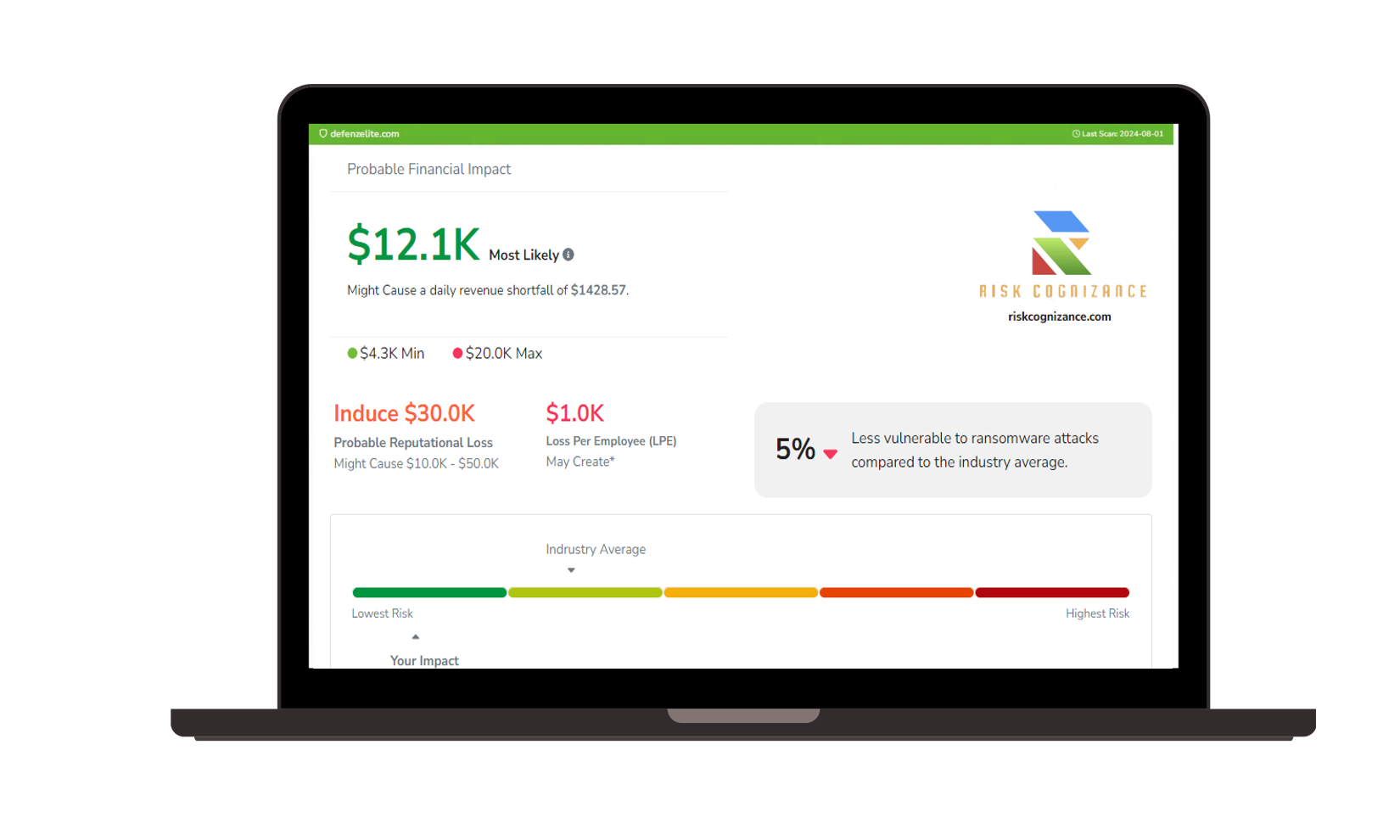 Ransomware Susceptibility | 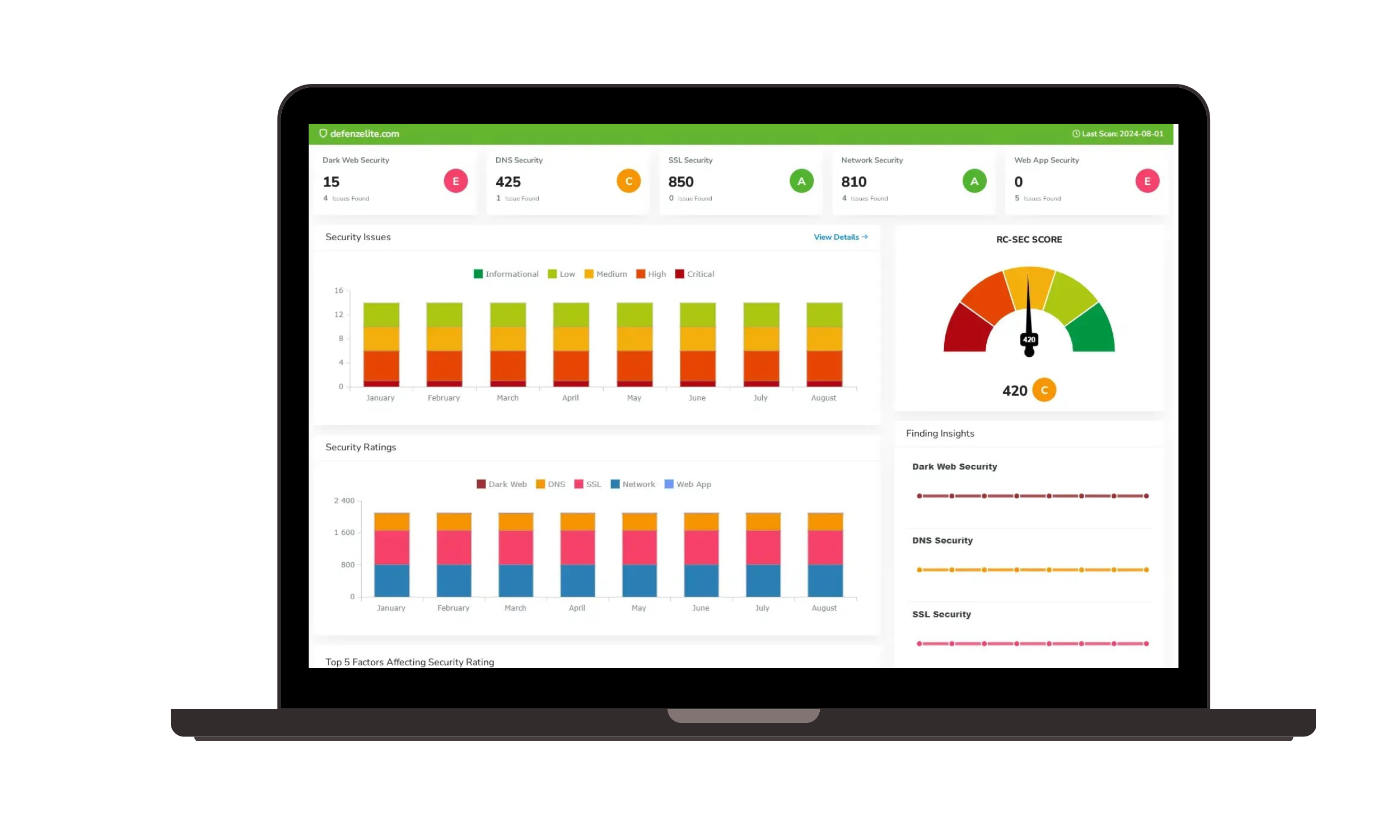 GRC and Attack Surface |
Artificial Intelligence | |
The Shift Toward Proactive Risk Management
Historically, many businesses approached risk management and compliance in a reactive manner, addressing issues as they surfaced. However, with the rise of new regulatory requirements and evolving cyber threats, companies are recognizing the need for a more proactive approach. GRC technologies empower organizations to anticipate potential risks before they become critical issues, shifting from a reactive posture to a proactive one.
By leveraging GRC tools, companies can:
- Automate risk assessments and prioritize threats based on data-driven insights.
- Enhance reporting and response times, enabling faster identification and mitigation of risks.
- Align business processes with compliance activities, ensuring consistency across the board.
Unifying Business Processes with Compliance Workflows
One of the key benefits of GRC technologies is their ability to unify business processes and compliance workflows. Traditionally, these functions operated in silos, creating inefficiencies and increasing the risk of non-compliance. GRC platforms bridge these gaps by integrating both processes into a single system, allowing organizations to:
- Conduct real-time compliance checks during everyday operations.
- Reduce manual steps in compliance reporting, freeing up valuable time for other critical tasks.
- Ensure that business activities remain compliant with relevant laws and regulations without duplicating efforts.
This integration not only streamlines operations but also enhances overall governance by ensuring that both risk management and compliance are addressed within the same framework.
Building a Thoughtful Strategy for GRC Integration
While GRC platforms offer significant benefits, organizations must carefully consider their strategy when adopting these tools. A well-thought-out plan is essential for successful implementation, particularly when it comes to integrating multiple systems or consolidating processes into a singular platform.
Here are a few key considerations:
- System Integration vs. Consolidation: Should your organization integrate multiple GRC solutions, or consolidate everything into one platform? Both options have their pros and cons. Integration allows for flexibility, while consolidation may reduce complexity but increases dependency on one system.
- Over-Dependency on a Singular System: Relying too heavily on a single GRC system without redundancy can pose risks. Companies need to ensure that backup systems and roll-back measures are in place to mitigate the risk of system failure or disruption.
- Redundancy and Roll-back Measures: To safeguard against critical failures, businesses should build redundancy into their GRC strategy. This can include maintaining backup systems or establishing contingency plans to revert to previous states if needed.
A well-rounded GRC strategy should balance efficiency and resilience, ensuring that organizations can scale their risk management capabilities without compromising their ability to respond to unexpected challenges.
The Path Forward: Unlocking the Full Potential of GRC Technologies
With the right approach, GRC technologies can significantly enhance an organization’s ability to manage risks and ensure compliance. By automating key processes, unifying workflows, and building in safeguards against over-dependency, businesses can unlock the full potential of these tools and position themselves for long-term success.
At Risk Cognizance, we provide a comprehensive GRC Platform that enables consultants and organizations to streamline governance, risk management, and compliance processes. Our solution is designed to help businesses take a proactive stance against risks, optimize compliance efforts, and achieve better oversight—ensuring that the path forward is smooth and resilient.
FAQs:
- 1. What are the key benefits of using GRC technologies?
GRC technologies help automate risk management and compliance processes, enhance reporting, and unify business and compliance workflows, enabling faster and more informed decision-making. - 2. How can GRC tools improve my organization's risk management strategy?
By automating assessments and offering real-time insights, GRC tools allow organizations to take a proactive approach to risk management, identifying and mitigating risks before they escalate. - 3. What should I consider when integrating GRC technologies into my business?
Consider whether to integrate multiple systems or consolidate processes into one platform, and ensure you have backup and roll-back measures in place to mitigate the risk of over-dependency on a single system. - 4. How can GRC systems help with compliance?
GRC systems streamline compliance processes by automating checks and integrating compliance tasks into everyday business operations, ensuring consistency and reducing manual effort. - 5. Why is it important to have redundancy and roll-back measures in GRC systems?
Having redundancy ensures that your organization can continue operating even if a primary system fails, while roll-back measures allow you to revert to previous configurations in case of issues, reducing potential disruptions.


